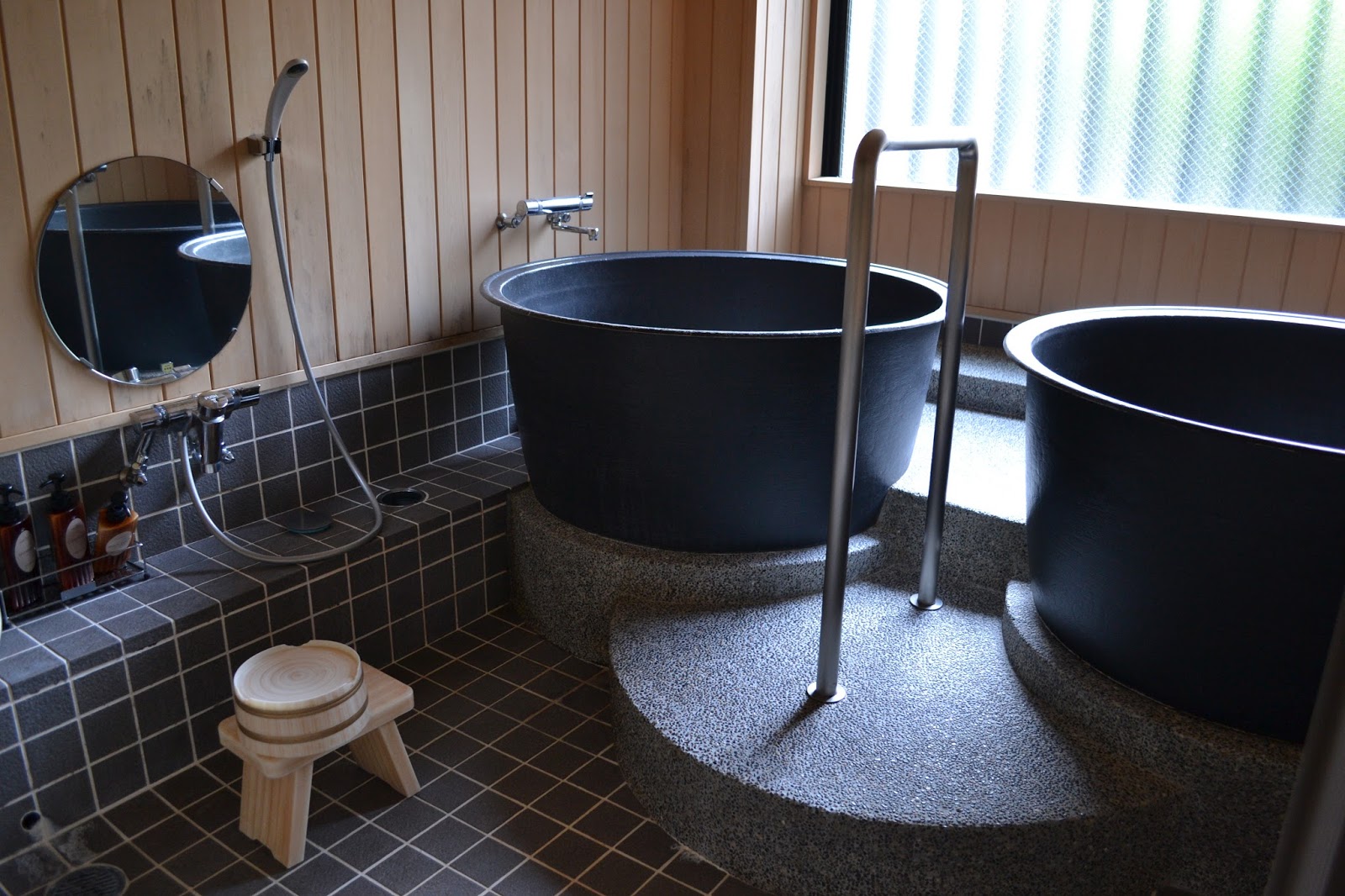 |
| all of the truffled tuna tataki at Celebrity Cruises 'Taste of Japan' |
When the nice folk over at Celebrity Cruises asked if I'd like to pop along to their stand at Taste of London, with the promise of taking me on a '30 minute gastronomic journey around the world' (one of the options being with a fourth generation sushi chef), my ears pricked.
This was actually Celebrity Cruises' fifth year bringing global flavours to the visitors of Taste of London, through their Taste of Travel experience. How their tastings work is you're welcomed into a cool space, that looks a bit like the inside of one of their ships. You're handed a Celebrity Cruises "passport", and are told your seat number. And then for 30 minutes, the chef in question for the tasting you've chosen, plus a couple of hosts, will wine and dine you through a destination-inspired, two course, food and wine pairing.
There was also a 'Taste of Galapagos' and a 'Taste of Tuscany' on offer, but it always had to be a 'Taste of Japan' for me.
 |
| chefs plating up the tastings, and hosts chatting to the crowd |
As well as sampling dishes from their award-winning culinary team, Celebrity Cruises have also partnered with The Wine Show. The show's resident experts, Amelia Singer and Joe Fattorini, were the hosts of the experience, if you like, guiding all the guests through the dishes and the ideal pairing. And it's worth noting, the cruise company's extensive cellar boasts the largest and rarest wine collection at sea. Who doesn't enjoy a fine tipple with some salty sea air.
The 'Taste of Japan' first course was a superb truffle Albacore (longfin tuna) tataki: thin slices of lightly seared tuna, cucumber, micro coriander, a light ponzu dressing, and a little truffle oil. Paired with a glass of Viognier “La Violette”, Jean-Luc Colombo, Languedoc. Then there was a supremely tasty morsel in the form of a lobster and shrimp wonton, alongside some fabulous sake, Junmai Daiginjo Dassai. And to round it off, everyone got a little white chocolate truffle with a yuzu centre - stellar.
 |
| the 'Taste of Japan' tastings at the Celebrity Cruises stand, Taste of London |
It was a fun way to spend half an hour on a sunny day in London, surrounded by what were clearly some life long fans of Celebrity Cruises, many of who had been sailing with them before. Has this experience whet my appetite enough to want to live the real deal on board? Most definitely. So Celebrity, when do we set sail?
Note: This is a sponsored post in partnership with Celebrity Cruises. I'm very pleased they invited me along, it was good fun, and very tasty. Now I just need to get on one of their voyages.. (hint dropped, unashamedly). All views remain my own, as always.























